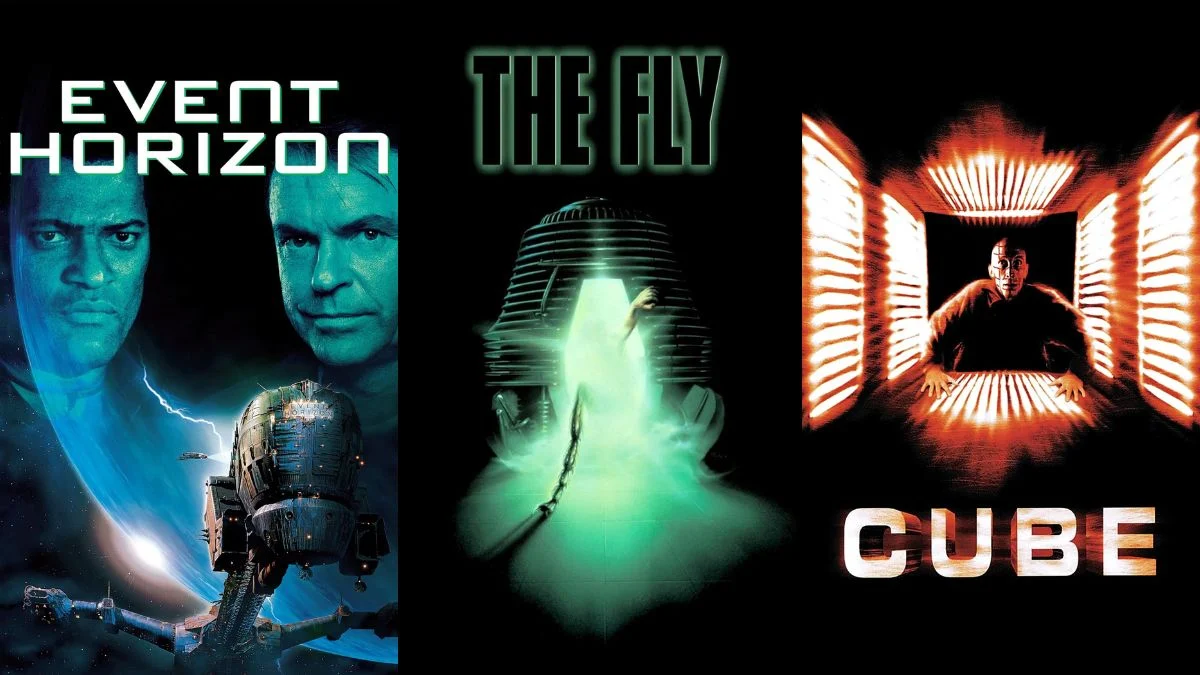
Science fiction often pushes limits, and some films go much further, causing controversy. This list highlights movies that faced backlash for their intense visuals, challenging themes, or unsettling content. We’ll cover warnings, bans, and the stories behind why each film caused a stir when it was released.
Every selection provides background information on what’s happening in the scene and the events surrounding its release. You’ll find details about controversial moments, disputes over ratings, and the different versions that became available. If you’re hosting a watch party, this will help you choose the right version and understand what to expect in terms of content.
‘A Clockwork Orange’ (1971)
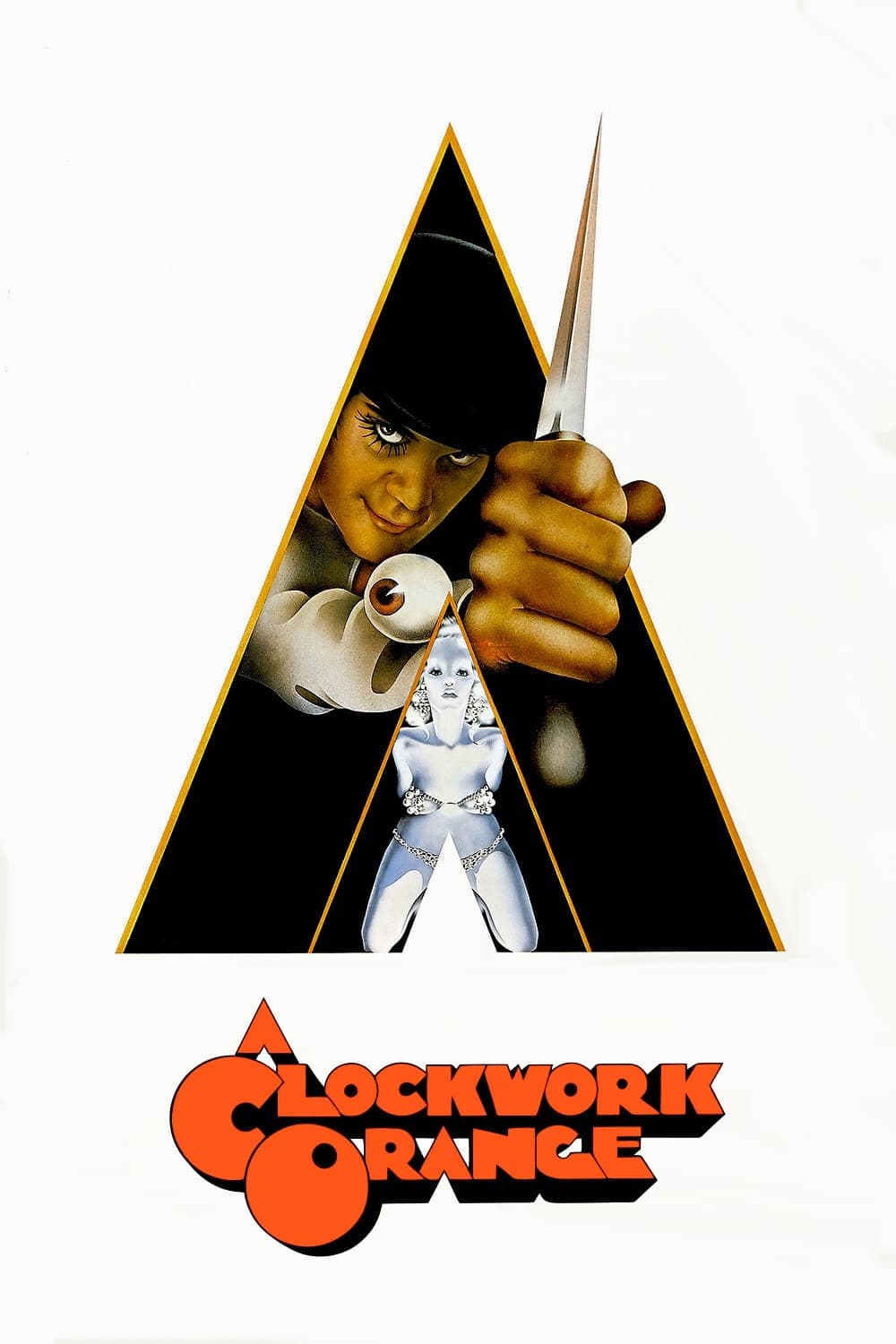
Stanley Kubrick’s film is based on Anthony Burgess’s novel and focuses on Alex and a controversial rehabilitation program called Ludovico Technique, which uses drugs and violent images to discourage bad behavior. The film’s graphic scenes of violence, including attacks and home invasions, and its depiction of medical restraint, caused significant controversy and initially received an X rating in the United States. It was later re-rated.
After concerns arose in Britain that the film might inspire copycat crimes, Stanley Kubrick agreed to remove it from cinemas at the request of authorities. It stayed unavailable in theaters there for many years. Various home video copies circulated, and as censorship standards changed over time, different versions with varying ratings and lengths appeared in different countries.
‘Videodrome’ (1983)
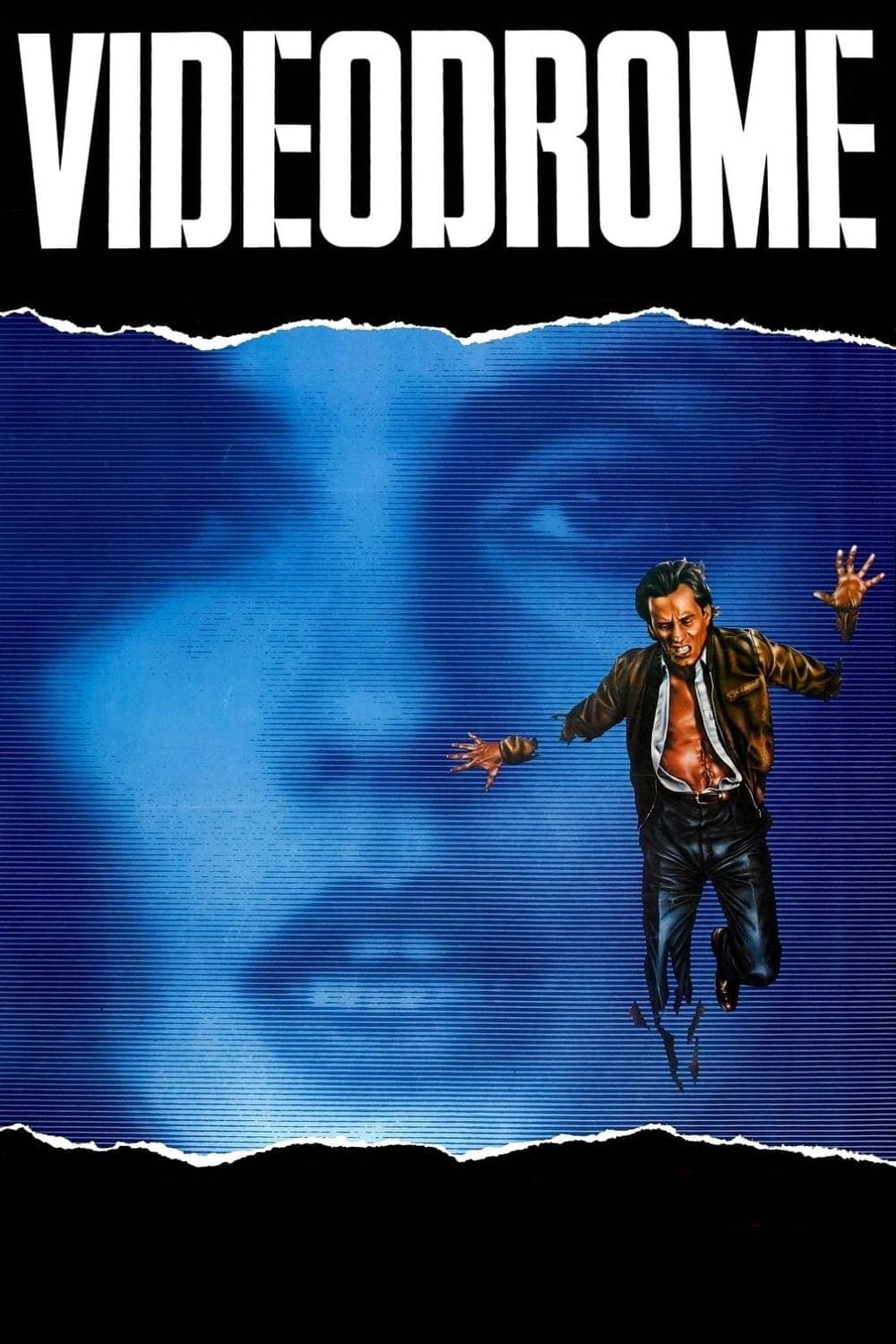
David Cronenberg’s film centers around a strange, underground broadcast that distorts reality. It features unsettling imagery like disturbing video recordings, a character whose stomach is cut open and used to insert something, and scenes of intense, dreamlike torture. The movie, made in Canada, was groundbreaking for its realistic special effects, blurring the line between technology and the human body.
To satisfy censorship rules in different countries, the filmmakers created multiple versions of the film. Some versions were edited to receive an R rating, while others were left unrated. The special effects team even adjusted the amount of gore in certain scenes for specific regions, meaning the length of violent moments can vary depending on where the film is shown.
‘The Fly’ (1986)
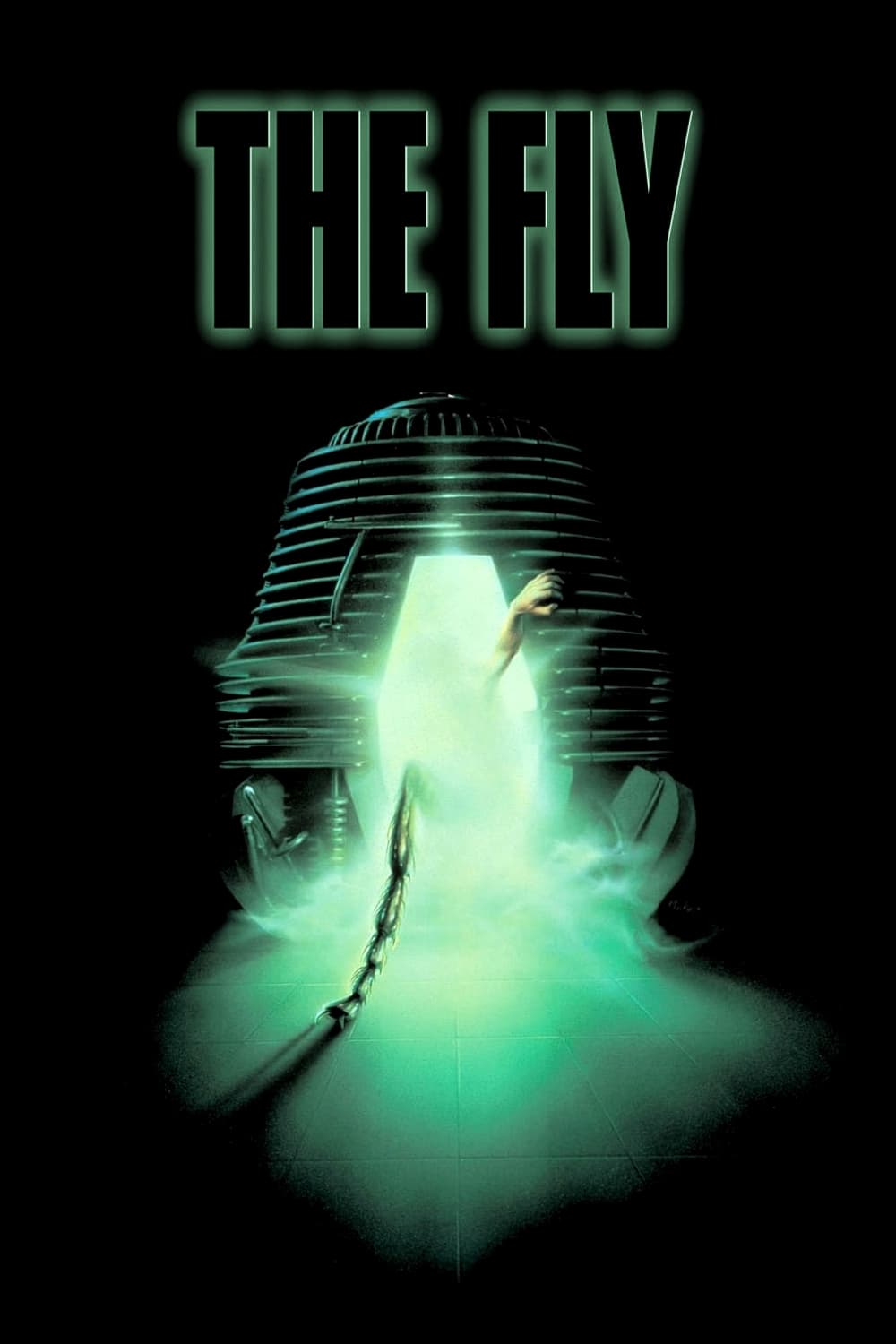
After a teleportation experiment goes wrong, a scientist tragically begins to transform into a housefly, with his body slowly decaying. The film vividly portrays this horrifying process, showing the changes in detail – from losing his fingernails and developing skin sores to the alteration of his limbs – using increasingly complex special effects.
Early test audiences found a scene involving a monkey-cat hybrid to be too shocking, and it was ultimately cut from the film—though it still appears in bonus features on home video. Even with the scene removed, the final movie received restricted ratings in several countries, and promotional materials often included warnings about disturbing images of illness and surgery.
‘Tetsuo: The Iron Man’ (1989)
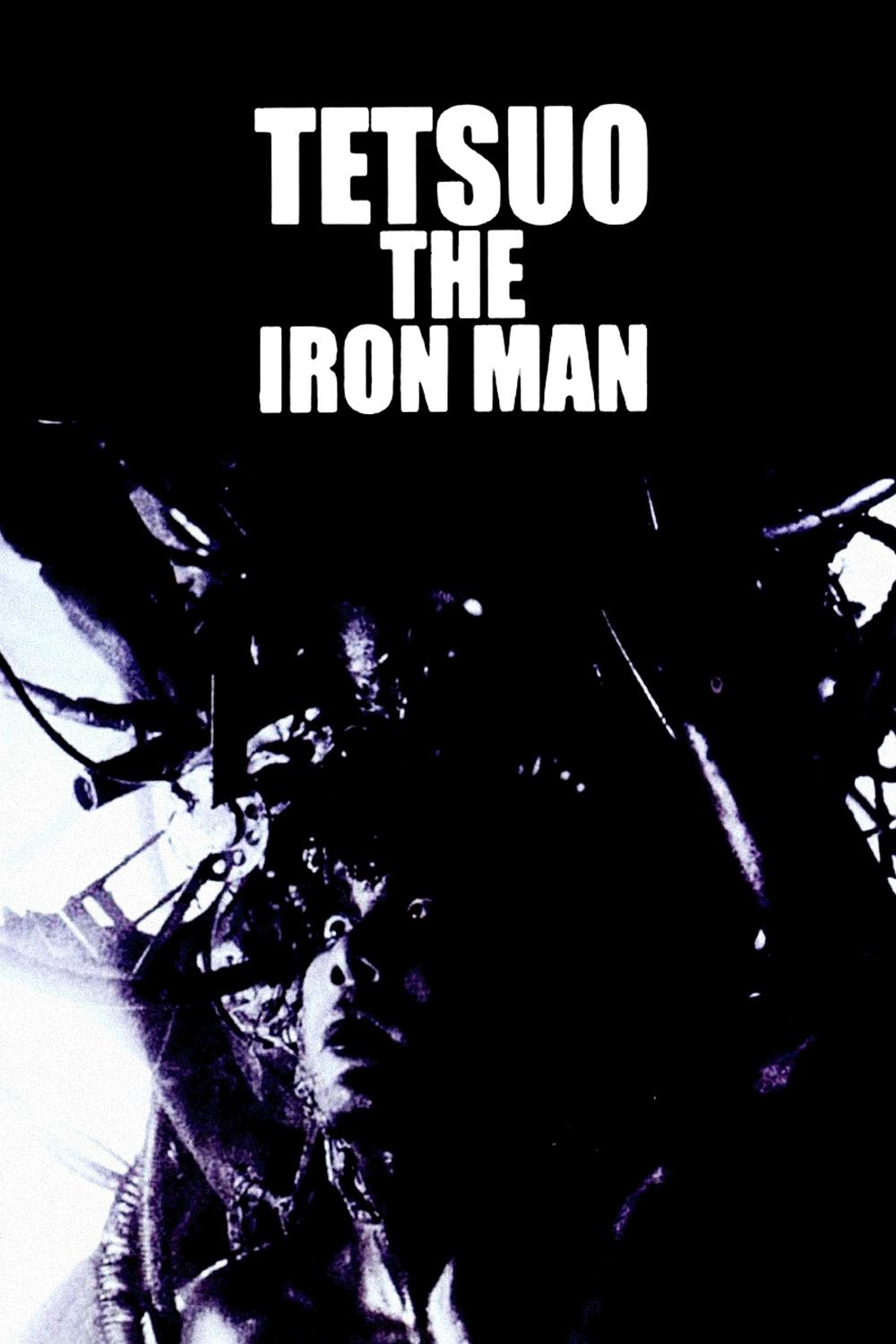
This Japanese cyberpunk movie is visually striking, using stark black and white images to tell the story of a man becoming one with machinery. The film creates a tense and unsettling atmosphere through a combination of stop motion animation and harsh, industrial sounds, transforming familiar locations into dangerous environments as the main character literally grows metal from his body.
Despite being short, the film was still incredibly intense. Viewings at film festivals often came with warnings about flashing lights and overwhelming sensory experiences. When the film became available for home viewing, different versions emerged due to variations in the original source material and slight adjustments to the speed of the footage.
‘Event Horizon’ (1997)
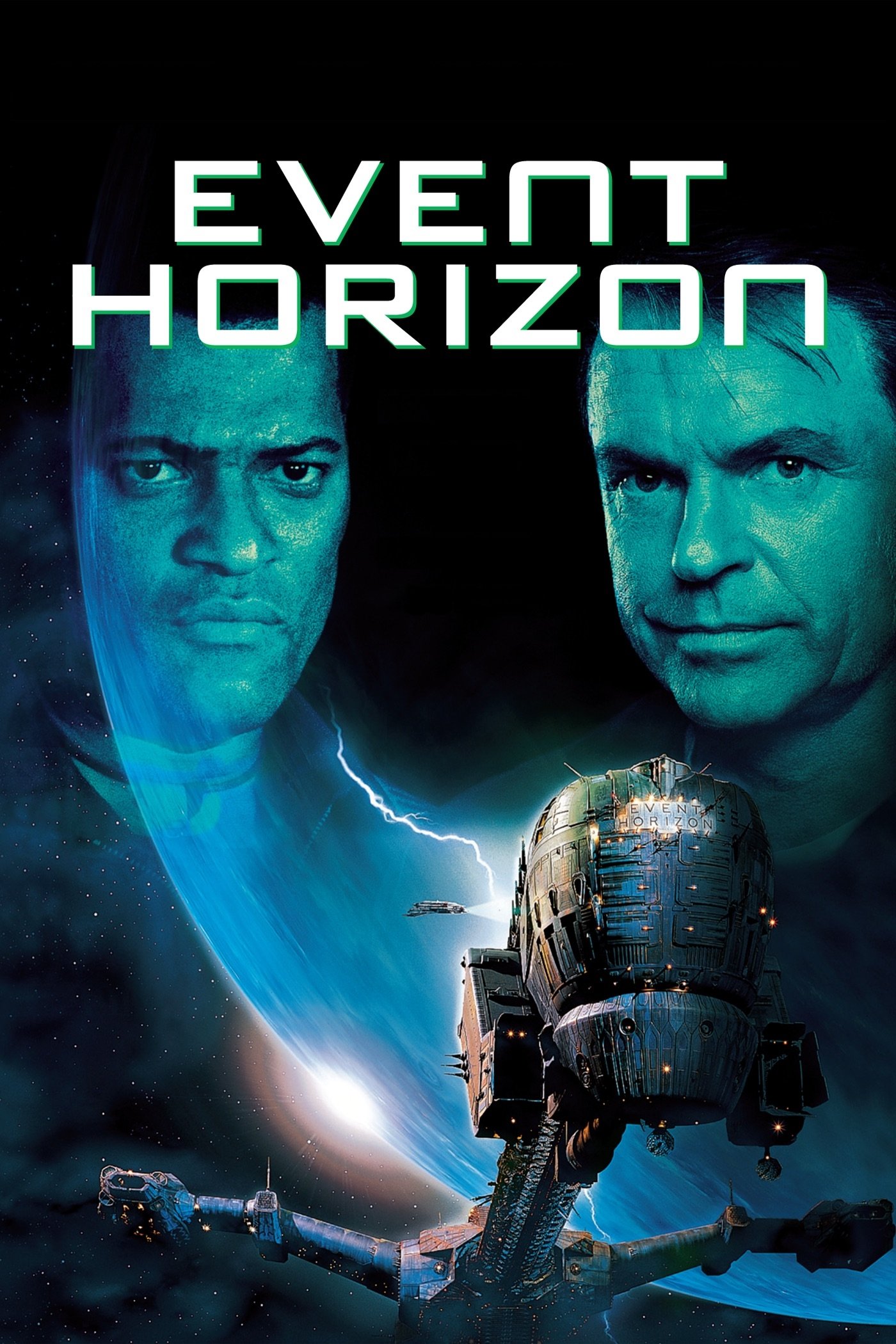
A rescue mission in deep space discovered a ship that appears to have passed through a dangerous alternate dimension. Recovered video logs reveal disturbing scenes of torture and self-harm. The production team reported that an earlier, more graphic version of the footage existed, but it was never fully preserved after some of the original materials were lost or decayed.
Even the original theatrical release received high ratings and warnings for intense fear and disturbing violence. Bonus features on home video discuss the deleted scenes and explain why a complete, longer version of the film hasn’t been created.
‘Scanners’ (1981)
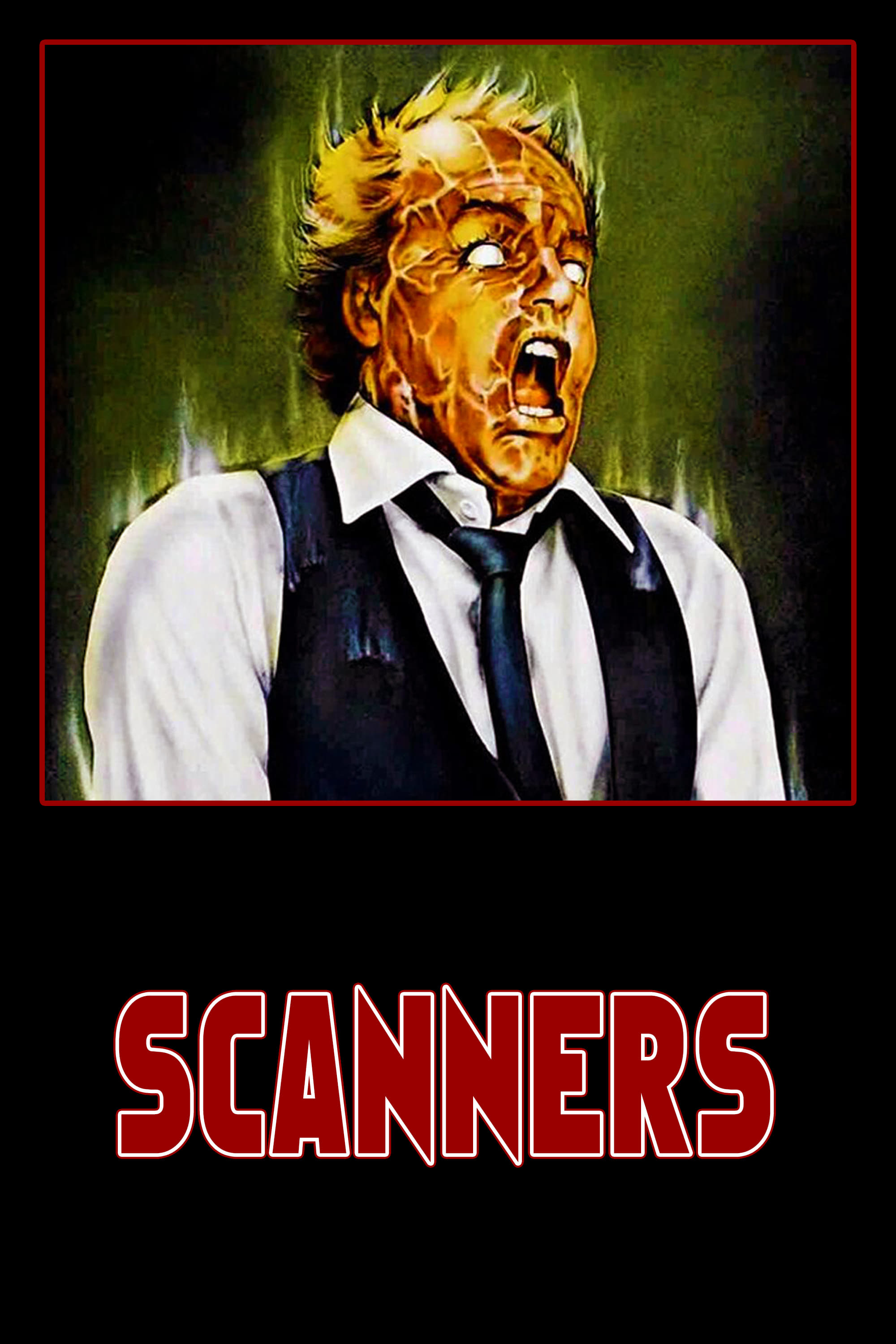
A tense showdown between people with telepathic powers includes a shocking moment where one person’s head appears to explode during a meeting. The special effect was created using practical methods and carefully reviewed by ratings boards, who asked for specific camera angles and fewer replays in certain countries.
When the film was released internationally, some scenes were changed. TV broadcasts often showed less intense shots, replacing them with footage of people reacting. Fans who collect different versions of the film carefully compare details to figure out which original source was used for each release, as the timing of certain scenes can differ slightly.
‘Akira’ (1988)

Following a strange explosion in Neo Tokyo, the story centers on Tetsuo, whose hidden psychic abilities rapidly become uncontrollable, causing a disturbing physical transformation. The animation vividly depicts his body expanding, flesh being exposed, and a merging with machinery, which was considered shocking for animated films when it was released.
As a film buff, I’ve always been fascinated by how movies change depending on where and when you watch them. With this particular film, the early versions released in different countries often had scenes cut or dialogue shortened, and even the timing of music and sound effects was altered. Thankfully, later restorations brought back a lot of that missing material and improved the sound quality significantly. Plus, depending on the country, it got different age ratings, and when it finally hit TV, a lot of stations would show it late at night with a disclaimer about the content. It’s amazing how much a film can evolve over time!
‘Cube’ (1997)
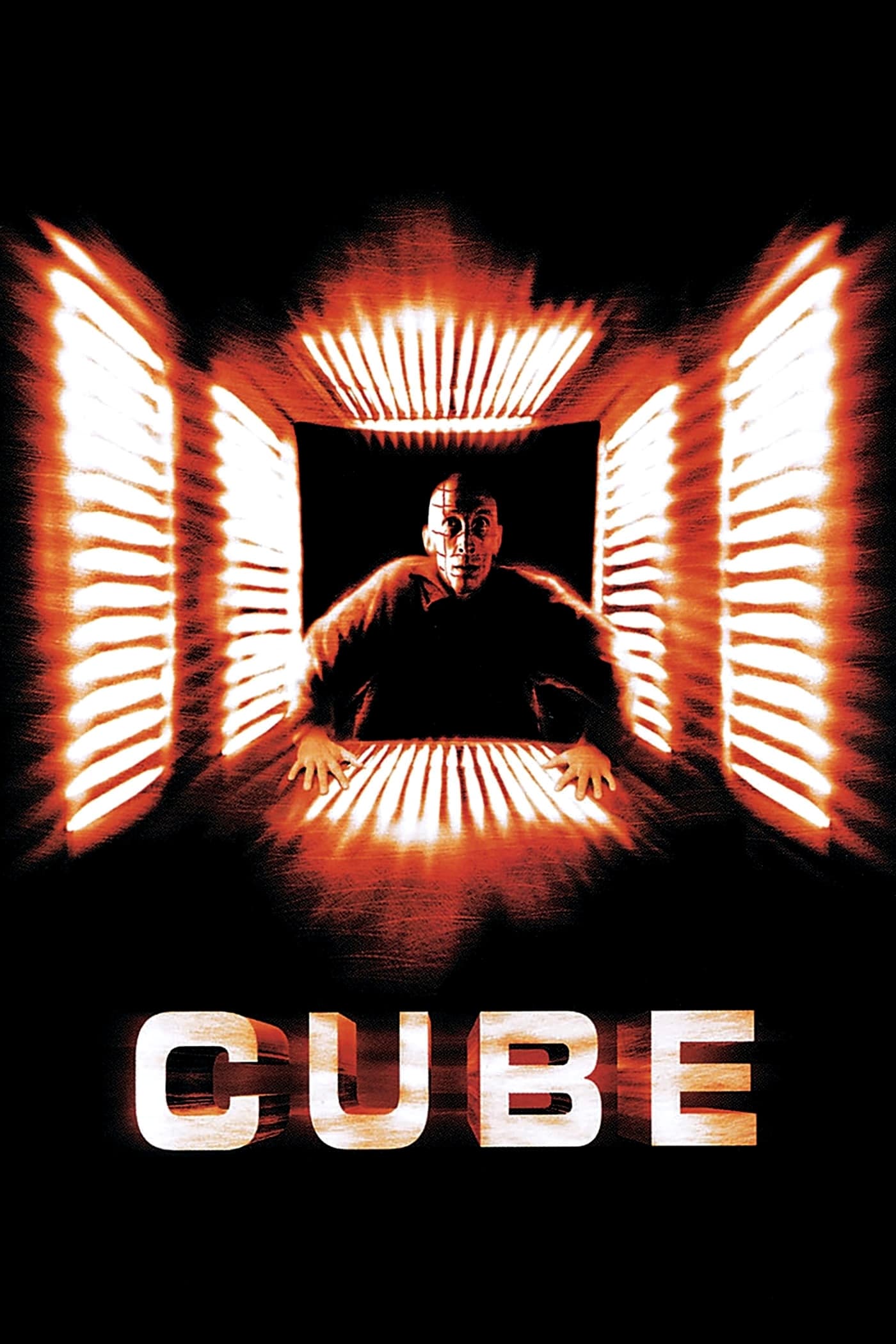
People suddenly find themselves trapped in a deadly maze of rooms filled with gruesome and realistically designed traps. They must solve mathematical puzzles to find their way, but a single mistake can trigger devices that cause horrific injuries.
Different versions of the movie exist, with slight variations in timing and sound depending on where they were released. Reviewers noted the film contained unsettling themes and jarring violence. Some television broadcasts also toned down a particularly frightening scene at the beginning by making the key moment less drawn out.
‘Society’ (1989)
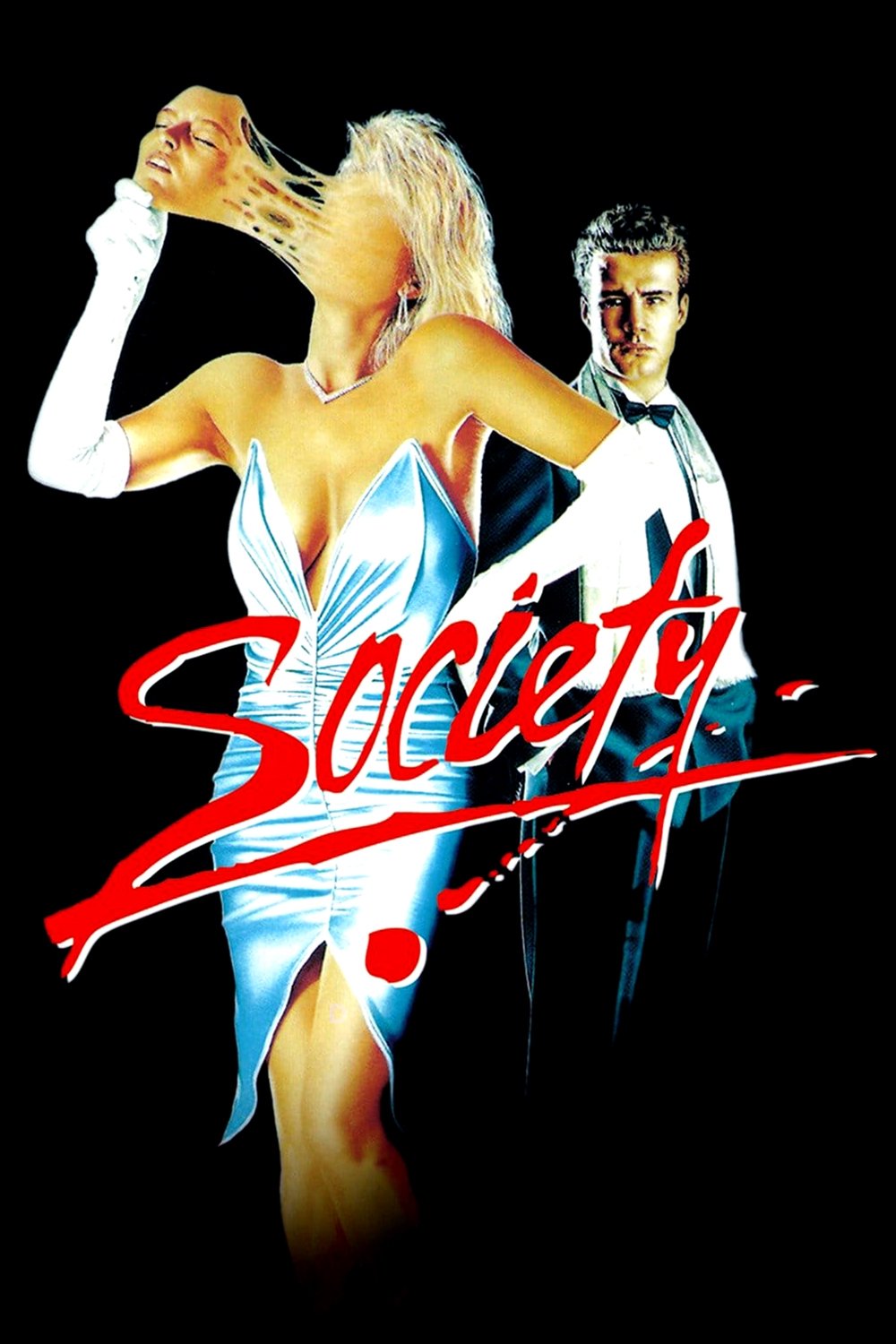
A teenager in Beverly Hills begins to suspect that his privileged friends are actually part of a secret group with the power to shapeshift, and that they prey on people from outside their circle. The movie became a cult classic thanks to its elaborate final scene, which showed a detailed transformation using special effects like flexible prosthetics and a ‘melting’ visual style.
The film experienced release delays and limited showings in many countries because distributors were unsure if it would appeal to audiences. After initial festival screenings, warnings were added about graphic and sexualized horror elements, and the home video version received adult-only ratings in some regions.
‘Hardware’ (1990)
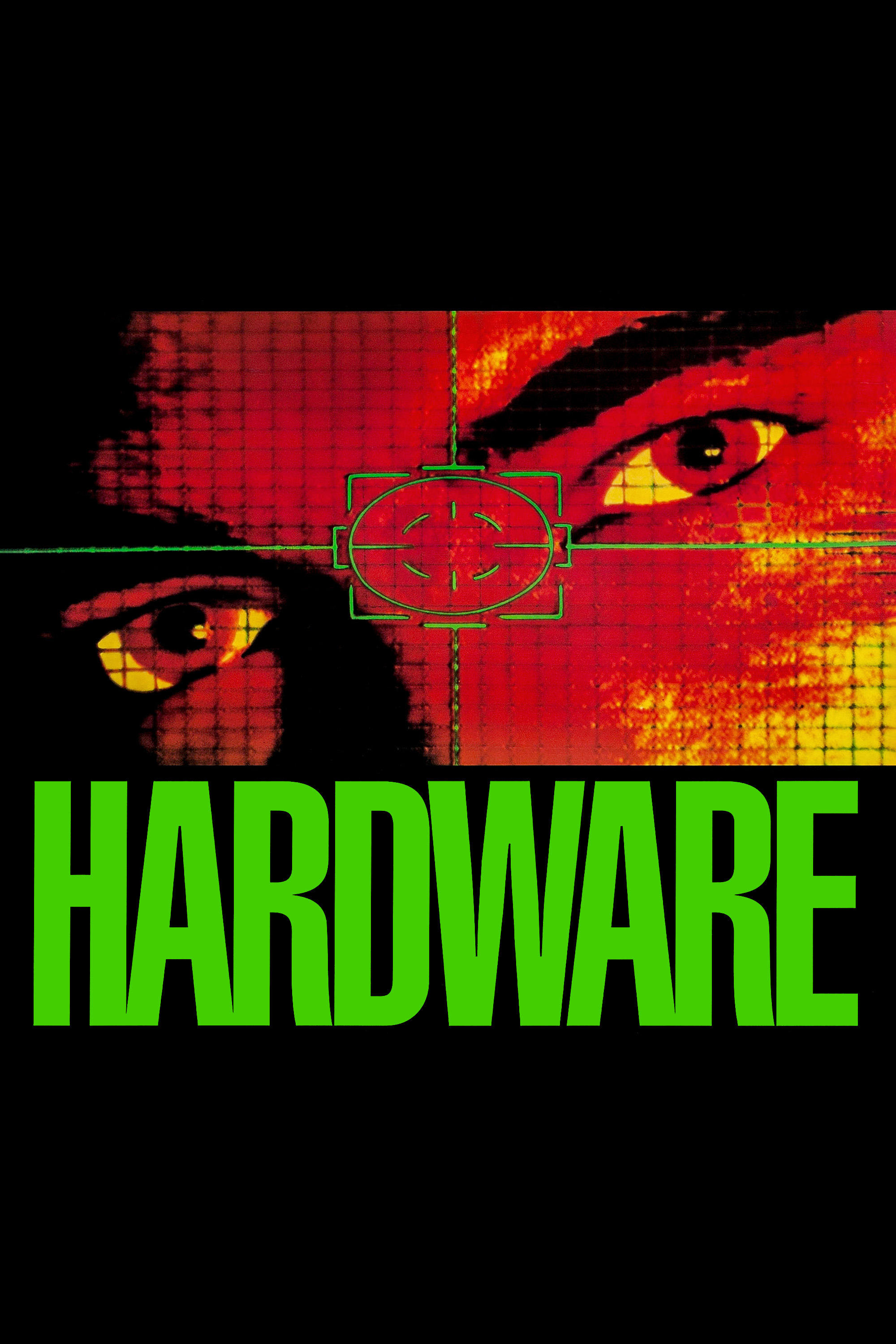
A broken robot head comes back to life in a deserted area and rebuilds itself inside an apartment. This sparks a dangerous standoff involving acid and sharp weapons. The filmmakers used dark lighting and red filters to highlight the violence and damage to the robot in the cramped setting.
When the film was released in the UK, it faced review by ratings boards, leading to minor edits in some early video copies to lessen depictions of injury. Different music rights and sound mixes also mean that home video versions can have slightly different track lists and audio during the end credits.
‘Threads’ (1984)
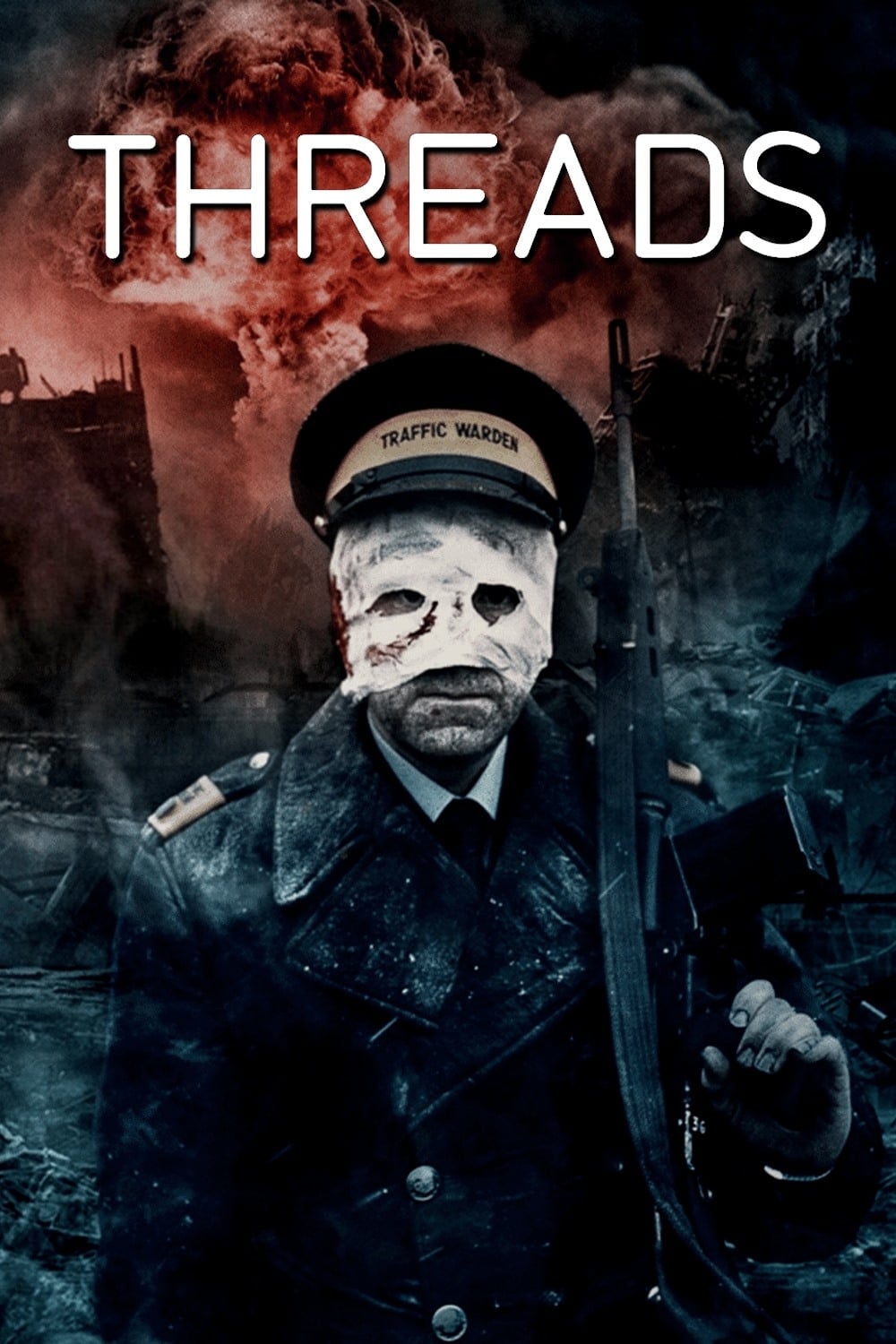
This British film realistically portrays what a nuclear attack and its consequences would look like in Sheffield. It follows the stories of families, hospitals, and the city’s systems as they struggle to cope with the immediate aftermath and the long-term effects of the disaster, including injuries like burns and radiation sickness, and the eventual collapse of society over months and years.
When television first launched, viewers found some programs too intense or realistic and voiced their concerns. Later, educational broadcasts included resources like study guides and age limits. Also, slight changes were made to content when shows were re-aired in different countries.
‘Neon Genesis Evangelion: The End of Evangelion’ (1997)

This movie concludes the anime series, offering a more expansive and intense finale than the original television ending. It features large-scale battles with biomechanical creatures and explores themes of human connection in a dramatic, apocalyptic setting. The film depicts severe injuries to the characters and contains some graphic moments that led to a higher age rating for its release in theaters.
Different versions of the film released in Japan and other countries included various subtitle options and sound mixes. Some home video releases even offer high-quality audio formats that highlight the film’s intense sound. When shown in theaters, especially at festivals or special screenings, the film often includes age restrictions and warnings about its content.
‘Possessor’ (2020)

A hitman utilizes brain implants to control people and commit assassinations for corporations, featuring intense scenes of bodily invasion and the blurring of personal identity. The film was created in two versions: an unrated cut and a more censored version for cinemas.
The updated release notes detail specific changes made to close-up shots of violence and related scenes in the official, rated version of the film. Different versions are clearly identified on streaming platforms, allowing viewers to easily check the runtime and labeling to confirm which version is available in their area.
‘Annihilation’ (2018)
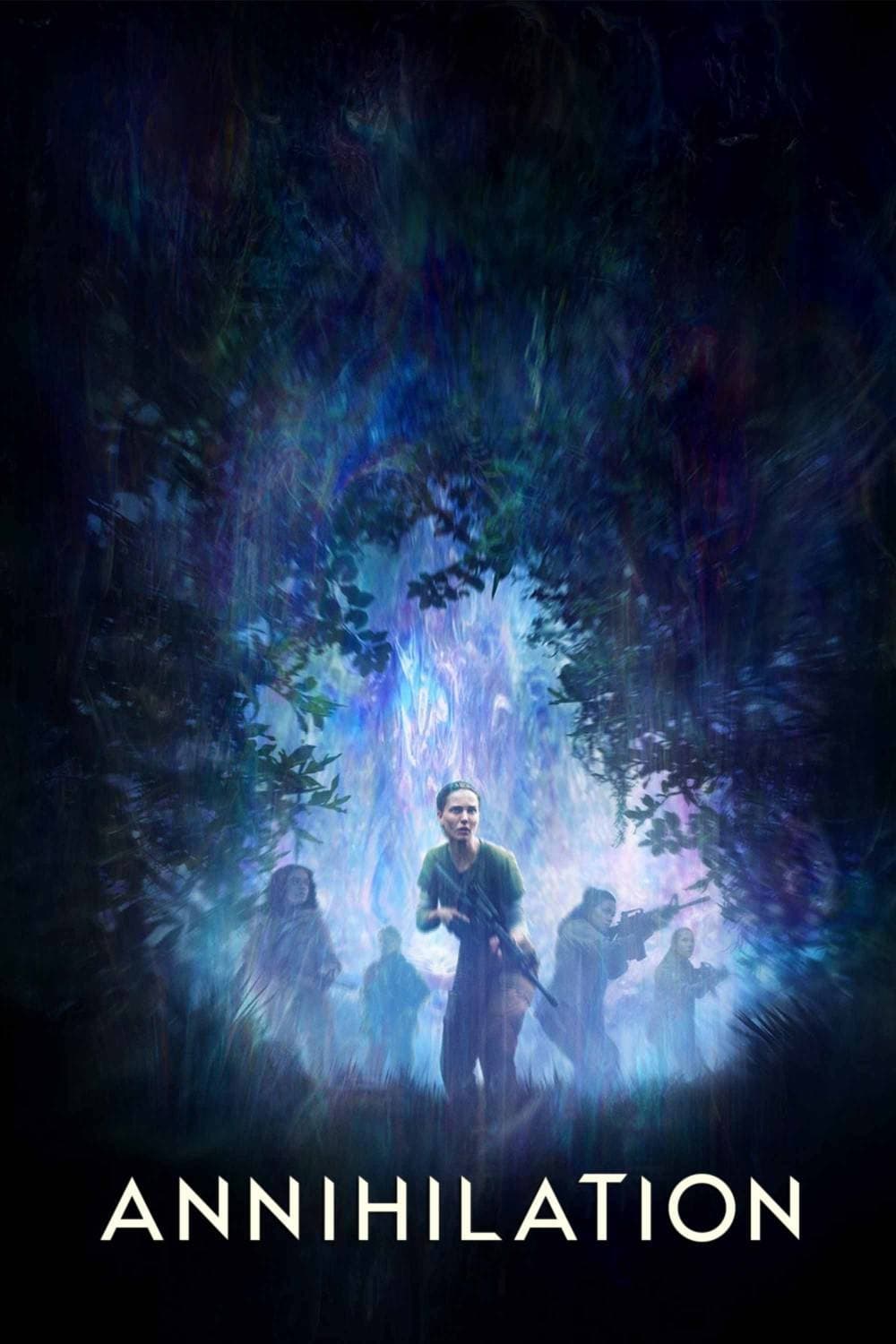
A team ventures into a mysterious, growing area known as the Shimmer, where the building blocks of life are twisted and combined, creating strange new plants and animals. They encounter bizarre creatures, including a mutated bear that can somehow mimic human voices. The movie combines the feel of a scientific expedition with disturbing imagery of physical transformation, illness, and ultimately, self-destruction, all presented as if captured on recovered video footage.
Following preview screenings, the film was released in cinemas across North America, while audiences in many other countries could watch it through streaming services. The film itself was the same everywhere, but when and how people could access it – including available languages – varied depending on their location.
‘Under the Skin’ (2013)

A terrifying alien hunts men across Scotland, attracting them to a mysterious place where they are dissolved into fluid. The film uses striking visuals and very little dialogue to tell the story. It blends realistic footage captured with hidden cameras in public with carefully constructed sets, giving the science fiction narrative a documentary-like feel.
Movie screenings often came with warnings about nudity and potentially upsetting scenes. Different home video releases have varying extras; some include behind-the-scenes features on the visual effects, while others only contain the main film. Therefore, what extra content you get depends on who released the disc and where you bought it.
Share the titles you would add to this list in the comments so everyone can compare notes.
Read More
- Silver Rate Forecast
- Gold Rate Forecast
- Красный Октябрь акции прогноз. Цена KROT
- MSCI’s Digital Asset Dilemma: A Tech Wrench in the Works!
- Dogecoin’s Big Yawn: Musk’s X Money Launch Leaves Market Unimpressed 🐕💸
- Bitcoin’s Ballet: Will the Bull Pirouette or Stumble? 💃🐂
- Guardian Wealth Doubles Down on LKQ Stock With $1.8 Million Purchase
- Binance and Botim Money Join Forces: Crypto in the UAE Gets a Boost-Or Does It? 🚀
- Twenty One Capital’s NYSE debut sees 20% fall – What scared investors?
- Monster Hunter Stories 3: Twisted Reflection gets a new Habitat Restoration Trailer
2025-10-13 17:47